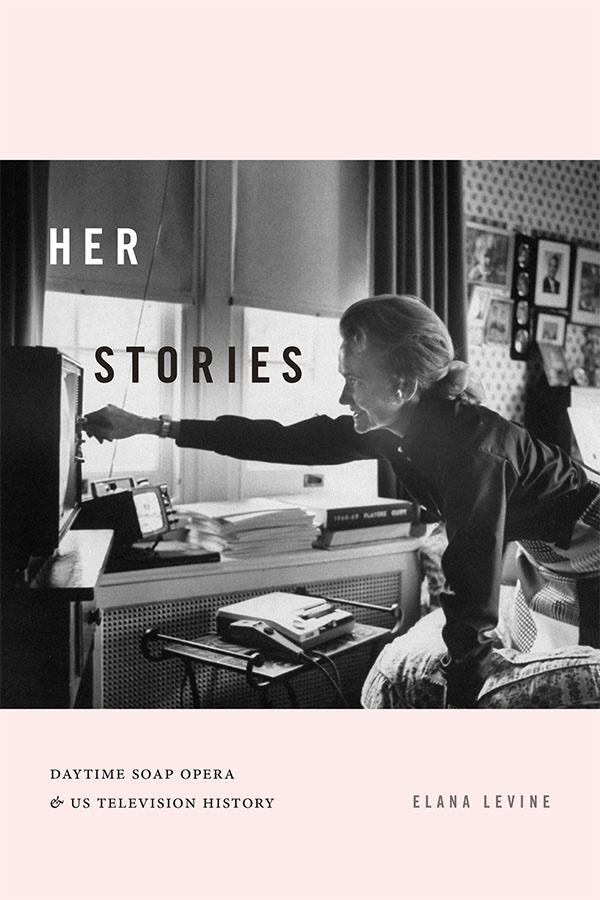Not only did soaps support and sustain the financial bottom line of their network homes during the classic Network era (1950s-1980s), but they were also a laboratory for an evolving television craft. Soap’s reliance on intertwining storylines and “multiple planes of staging” showed up across primetime programming, shaping everything from British miniseries (The Forsyte Saga) and action heroines of the 1970s (hello, Jiggle TV) to, no surprise, night time melodramas like Peyton Place (ABC, 1964-1969). It was during this heyday of the American television soap that genre hybridization became central to the variety and longevity of the form, including gothic and mystery soaps like Dark Shadows (ABC, 1966-1971) and The Edge of Night (CBS, ABC, 1956-1984) and screwball romantic comedy in The Doctors. Together with networks increasingly taking over creative and financial control away from what was initially a sponsor-driven production process, Levine writes, “Daytime dramas were the engine that powered the classic network era.”
Levine further analyzes the political and ideological incoherence of these programs’ “social issue storytelling.” Showrunners like Agnes Nixon (All My Children, One Life to Live) veered away from activist plots in favor of promoting “cautious, tolerant liberalism,” turning global conflicts like the Vietnam War into interpersonal dramas of mothers and sons, husbands and wives: “The program may have punished characters who strayed from conventional values, but audience engagement did not always align with those principles.” Soaps tilted right during these years, but their viewers did not follow in lockstep.
Queer and feminist audiences, for instance, might read these conservative stories against the grain by seizing on liberating moments of camp and identifying with fabulous villainesses. Most famously, Erica Kane’s (Susan Lucci) 1971 abortion in All My Children “allowed Erica to be deceptive and selfish while also being sympathetic and even admirable in her unwavering resolve.” Lucci and other performers were beloved by fans, and “like the heroines they portrayed, soap actresses of the 1970s were invested in both their professional and personal lives.” Masculinity on the soap opera was nearly as varied and complex as femininity: there were tough guys and bad boys but also sensitive, tortured male heroes who looked more like 19th century gothic dreamboats than the stable, professional men of the postwar soap.
Unfortunately, the peak of soap opera cross-over appeal in the 1980s was a signal of its impending decline, their “ultimately short-lived dominance reveal[ing] the tenuousness of the appealing fantasy” of post-feminism. The supercouple, epitomized by General Hospital’s Luke and Laura, was a ratings bonanza, but it also signified soap’s move away from social relevance and toward female desire for its own (apolitical) sake. While the bad boy and the princess usually came from different worlds, their triumph over their differences signaled that systemic inequality could be solved through passionate banter, gender equity achieved through some good, good loving.
